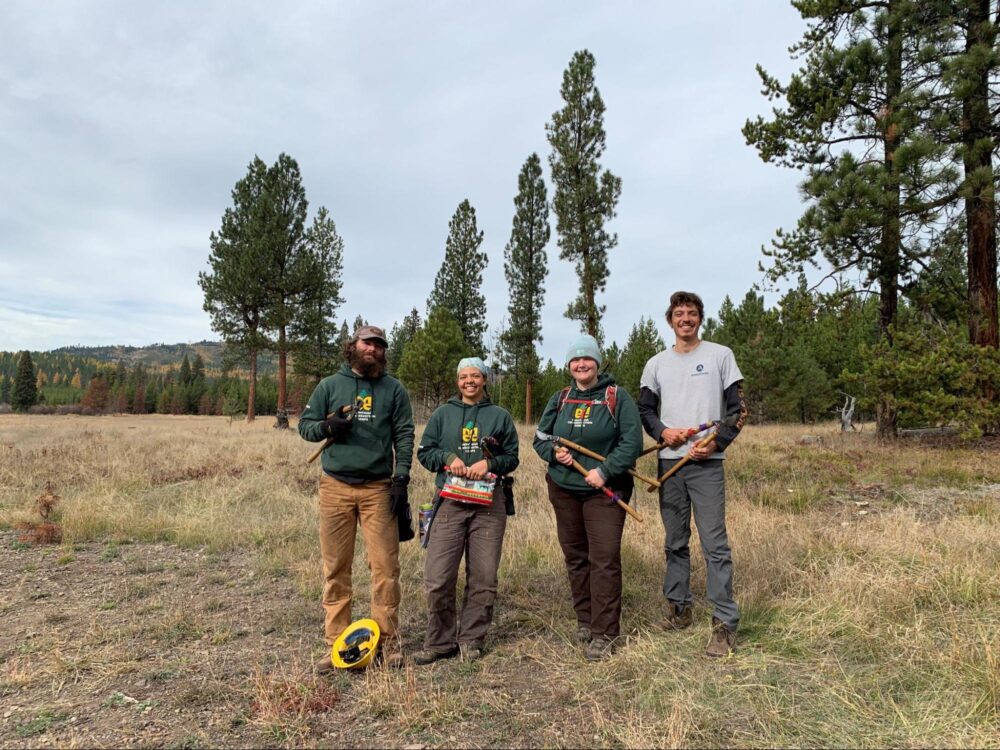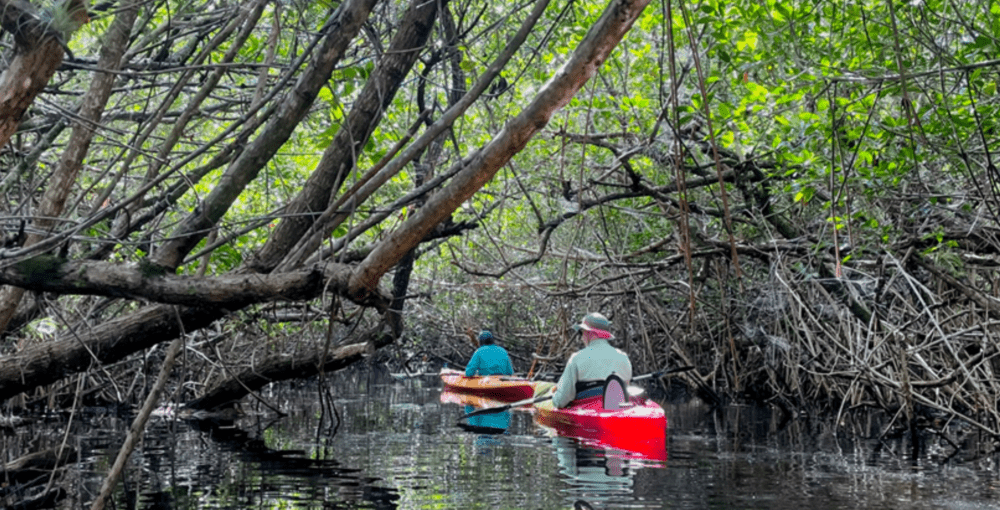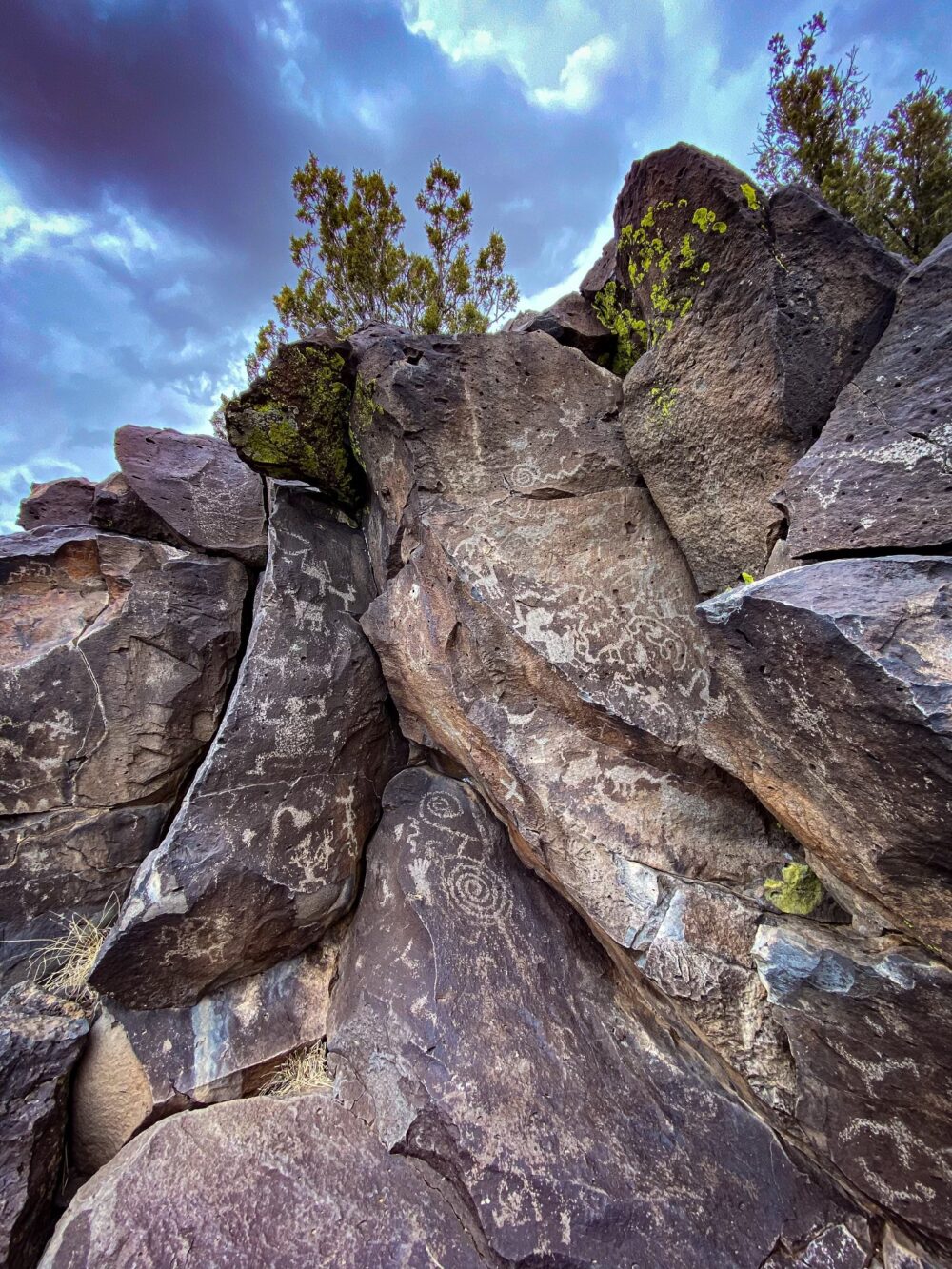We have much more to do and your continued support is needed now more than ever.
7 National Parks to Camp in this Summer
Did you know the National Park System includes 407 areas covering more than 84 million acres in every state, DC, American Samoa, Guam, Puerto Rico, and the Virgin Islands? These areas vary in shape and size, and nearly 60 national parks across the nation offer countless opportunities to explore the great outdoors.
National parks are great places to visit, and many offer gorgeous locales to participate in the Great American Campout.
Learn more about the following seven parks in the USA Today guide Saluting National Parks. Click here to download a free digital copy, and check out these and other sites across the country that offer great opportunities to camp! Who’s ready for a camping adventure?
Crater Lake National Park, Oregon

Why You Should Camp Here: Crater Lake National Park is Oregon’s only national park, but one can easily see why the pristine, pure blue lake and stunning cliffs draw so many visitors to its gates. The park is open year-round and visitors can swim in the lake, fish for trout and salmon, hike along the Pacific Crest Trail, and cross-country ski or snowshoe in the winter.
Visitor Information: The park is only closed in extremely inclement winter weather. Visitor information: 541-594-2211.
Big South Fork National River and Recreation Area, Kentucky

Why You Should Camp Here: Over the river and through the woods to Big South Fork National River and Recreation Area we go! The Cumberland River and its tributaries run through the Area, providing 90 miles of waterways in which park goers can go whitewater rafting and canoeing. The park also has places for rock climbing, horseback riding, mountain biking, and tent, RV, and lodge camping.
Visitor Information: Big South Fork is open year round, although one of the campgrounds is closed in the winter. For more information, call 423-286-7275.
Voyageurs National Park, Minnesota

Why You Should Camp Here: If you are a fan of water sports, this park is for you! Instead of roads, Voyageurs National Park is connected by interconnected waterways. Camp visitors use boats, kayaks, and canoes to travel to campsites. Also the park is celebrating its 40th anniversary with a new, more efficient reservation system for campsites.
Visitor Information: Voyageurs National Park is located at 360 Minnesota Highway 11, international Falls. Visitor Information: 218-286-5258.
Grand Canyon National Park, Arizona
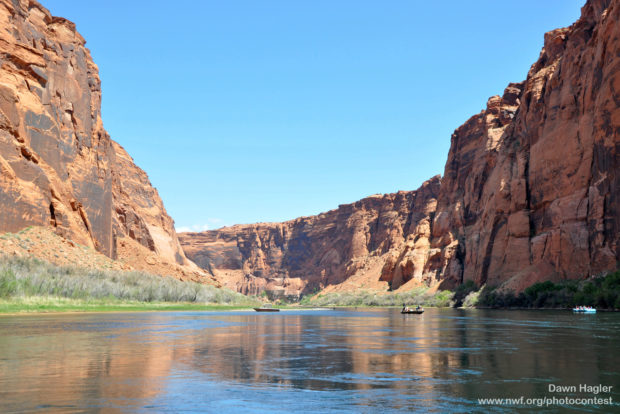
Why You Should Camp Here: The Grand Canyon is one of USA Today’s Top 10 National Parks. It offers breathtaking views and a variety of activities from taking free interpretive classes and treks with rangers to camping in lodges or campgrounds. This historic park area is larger than Rhode Island so there’s a lot to explore!
Visitor Information: The park is open year-round, however camping reservations are useful because the park can attract more than 4.5 million visitors each year. Visit nps.gov/grca for more information.
Glacier Bay National Park and Preserve, Alaska

Why You Should Camp Here: To see glaciers, of course! There are over 1,000 glaciers in Glacier Bay Park – as well as ample fishing and birdwatching opportunities. Since Glacier Bay National Park and Preserve is located on a bay, visitors can venture onto the water and kayak throughout the bay area during their camping trip.
Visitor Information: The visitor’s center is open from late May to early September. Visitor information: 907-697-2661.
Grand Teton National Park, Wyoming
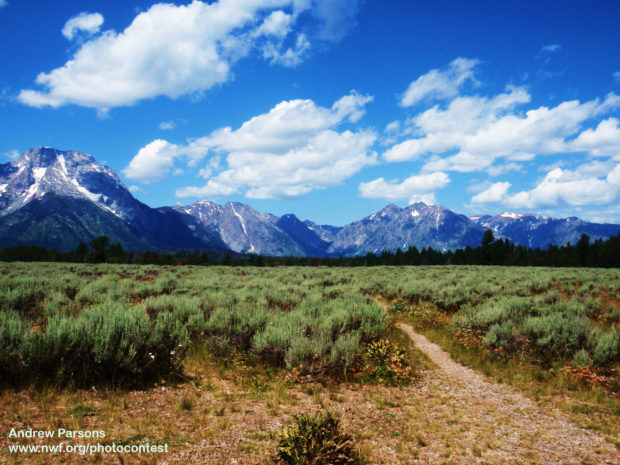
Why You Should Camp Here: Grand Teton National Park offers some of the best mountain views in the nation. There are more than 200 miles of trails and plenty of places to take a dip in the Snake River. One of the most scenic areas is Schwabacher Landing, the highest peak in the park which provides lovely photo opportunities. Visitors can choose to stay in one of the five campgrounds, rustic cabins, dude ranches, and lodges.
Visitor Information: The park is open year around. Visit www.nps.gov/grte for more information.
Assateague Island, Maryland

Why You Should Camp Here: Assateague Island is a great beach camping destination. Visitors can choose to either camp on the bay side or ocean side and have a taste of the Chesapeake or the Atlantic. Assateague is most known for its wild horses and famous Chincoteague Wild Pony Swim and Auction held in July. Horse camping is even available for visitors from April to October.
Visitor Information: Camping reservations are needed from April to October. Click here to find out more camping information.
![]() As you’re planning which national parks to visit, take the pledge to camp! Your pledge will be entered to win great camping-themed prizes! One Grand-Prize Winner will win a Keystone Springdale Mini 1800 RV for their upcoming camping adventures. The First Runner-Up Winner will receive a one-week stay at a Jellystone Park of their choice, along with $750 in gift cards.
As you’re planning which national parks to visit, take the pledge to camp! Your pledge will be entered to win great camping-themed prizes! One Grand-Prize Winner will win a Keystone Springdale Mini 1800 RV for their upcoming camping adventures. The First Runner-Up Winner will receive a one-week stay at a Jellystone Park of their choice, along with $750 in gift cards.













